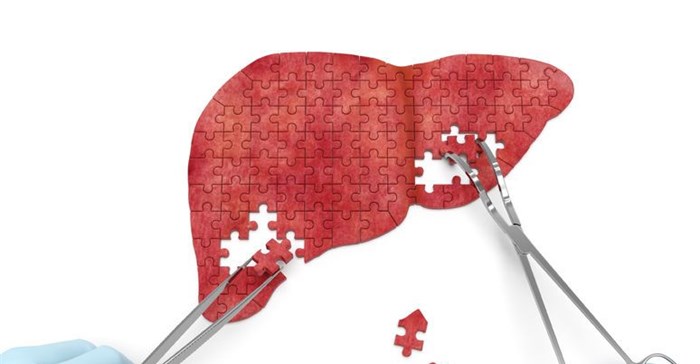
Adopted as a frontline tool for assessing liver fibrosis by the European Association for the Study of the Liver (EASL) and by the American Association for the Study of Liver Diseases (AASLD), the FibroScan VCTE liver stiffness testing system generates a shear wave that travels through the liver and the speed of which is measured by ultrasonic signals. The stiffness of the liver is proportional to the speed of the shear wave.
Dr Naayil Rajabally, who has been using the system in his rooms since early 2016, says if the test reveals fibrosis, treatment can begin without any need for the liver biopsy in conditions such as viral hepatitis, non-alcoholic fatty liver disease (NAFLD), alcoholic liver disease and cholestatic liver diseases. “If we can measure fibrosis, we can attempt to change the natural course that leads to liver disease.”
From a patient’s perspective, the scan is quick and painless, and feels much like an ultrasound. Following a three-hour fast the patient lies on their back, the doctor applies a gel to the skin, locates the intercostal space between the ribs and applies the scope.
This ‘wand’ sends a series of pulses into the liver, which provide 50Hz shear wave speed measurements. At the same time, the system measures ultrasound attenuation rate in the same 3cm3 region of the liver. This provides a 3.5MHz ultrasound coefficient of attenuation (controlled attenuation parameter, or CAP), which allows the doctor to quantify how much fat is in the liver (steatosis). ‘A conventional ultrasound would have only been able to tell us if there was steatosis provided there is more than 33% of fat in the liver, but with the screen fat infiltration can be detected earlier,’ says Rajabally.
“The use of VCTE is indicated in a range of fields with more than 1,200 peer review articles to support this,” he says, including assessing liver fibrosis resulting from the cumulative use of the immune system suppressant methotrexate used in dermatology, and in the treatment of rheumatoid arthritis.
Diabetes can result in an increased disposition to developing fatty liver. About 60 to 80% of diabetics will have some form of fatty liver disease. Now not all of these patients will end up with progressive liver disease, but a sizeable proportion will end up with some form of liver disease, which can progress, adds Rajabally. Identifying these individuals can be extremely valuable, as they may benefit from a more intensive glycaemic control.